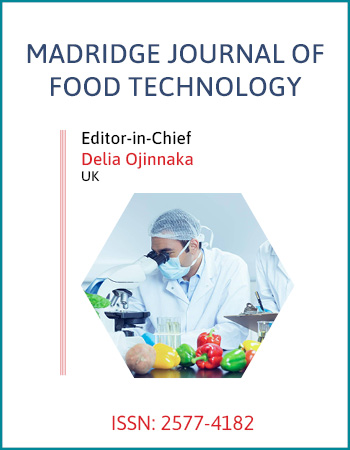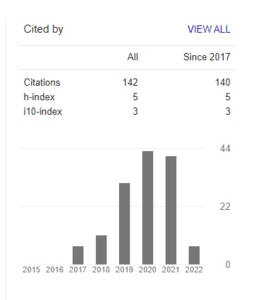International Conference on Food Science and Bioprocess Technology
November 20-22, 2017 Dubai, UAE
Bioactive Compounds, Therapeutical Properties and Processing of Aloe Vera Gel
Guru Jambheshwar University of Science & Technology, India
Health benefits of aloe vera include its application in wound healing, treating burns, protection against skin damage, lung cancer, intestinal problems, increasing high density lipoprotein (HDL), reducing low density lipoprotein (LDL), reducing blood sugar in diabetics, fighting acquired immune deficiency syndrome (AIDS), allergies and improving immune system. Phytochemistry of aloe vera gel has revealed the presence of more than 200 bioactive compounds. Aloe vera gel is extracted from its leaves and appropriate processing techniques are needed for stabilization and preparation of the food products. Aloe vera gel products have been used for internal consumption as a tonic and diversification in its products is on progress.
Processing and Food Applications of Aloe Vera Gel: The industrial processing of aloe vera gel and its products invariably involve unit operations such agitation, filtration, pasteurization, evaporation and drying. Technical and economic feasibility of these industrial processes depends greatly on knowledge of physico-chemical properties and rheological behavior of aloe vera gel. The knowledge of rheological properties of aloe vera gel can be exploited for its functionality in food systems, including textural attributes and mouth feel. As a matter of fact, the polysaccharides found in aloe gel are not stable, especially under conditions such as heat, the presence of acid and enzymatic activities. Processing may cause irreversible modifications to the bioactive polysaccharides components, affecting their original structure which may diminish the proposed physiological and therapeutical properties of these constituents. Thus, preservation of bioactivity and physiological effectively of aloe vera gel constituents is of great concern. Seeing the popularity of aloe vera gel as food supplements there is great potential to process aloe vera gel to its products like juice, concentrate and powder to diversify its food uses. Incorporation of aloe vera gel in already popular food products to impart therapeutic effects is a promising option in food processing sector.
Conclusion: Aloe vera leaf yields two liquids viz. yellow exudates and a colorless gel. The major bioactive compound of yellow exudates is aloin which is credited with pharmaceutical applications. Some researchers have reported acemannan as the main active substance present in the aloe vera gel which is reported to accelerate wound healing, modulate immune function and demonstrates antineoplastic and antiviral effects. Recent studies indicate that aloe vera gel can also be used in the treatment of HIV-AIDS. The aloe vera gel is presently used in many food products such as juice, jam, yoghurt, ice-cream and other formulations for health, medicinal and cosmetic purposes. The aloe vera gel has found an extensive application in the cosmetic and toiletry
Biography:
Prof. Bhupendar Khatkar received his Masterʼs degree in Food Technology from CFTRI, Mysore, India and Ph.D. in Food Science and Technology from the University of Reading, Reading, England. Presently he is Dean Faculty of Bio-Sciences & Technology at G. J. University of Science &Technology, Hisar, India. He is recipient of Lalji Godhoo Smarak Nidhi Award of AFST (India), Commonwealth Scholarship Award, U.K; best paper awards by the AACC, USA; ICFP, Malaysia & AFST (I), Mysore, India. He was nominated to the Research Board of Advisors of American Biographical Institute (ABI), USA and published 4 books, filed three patents and 150 research and review papers.



